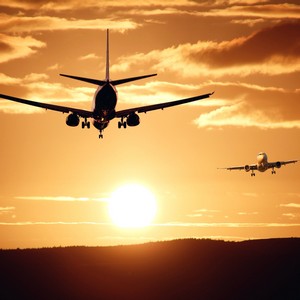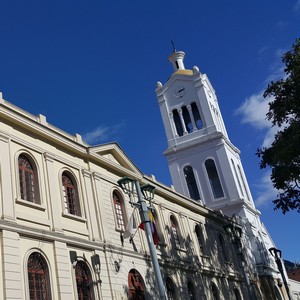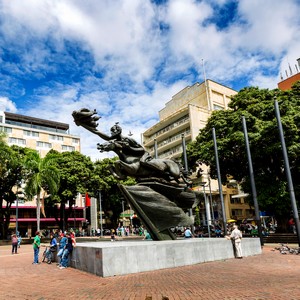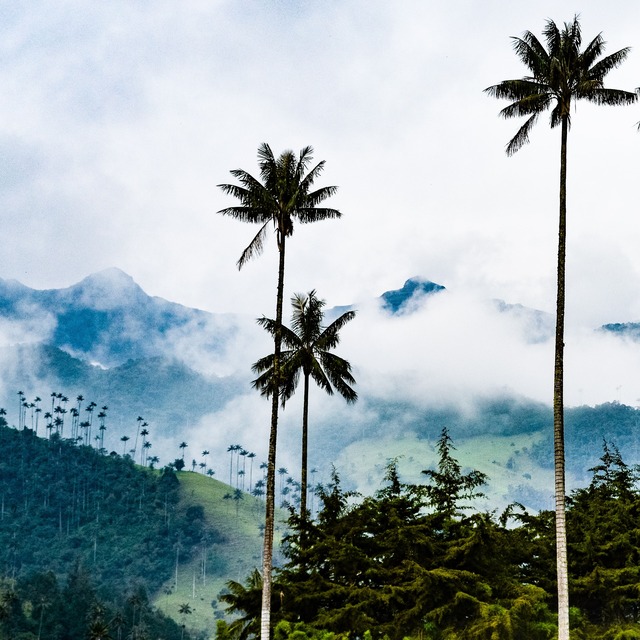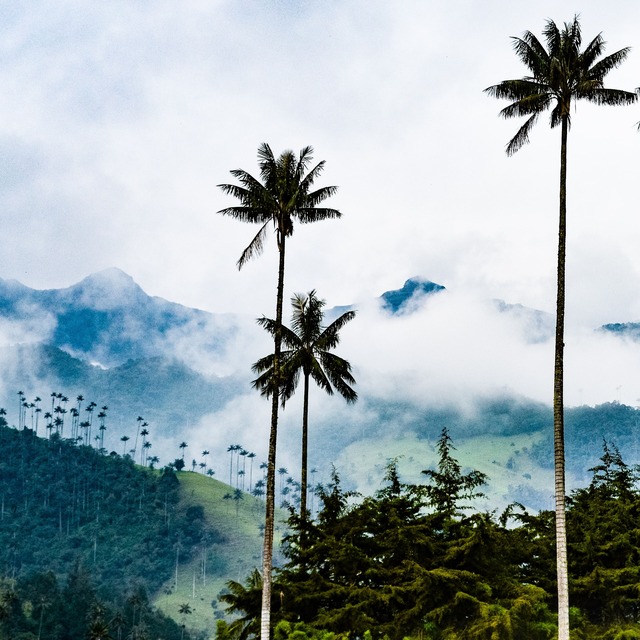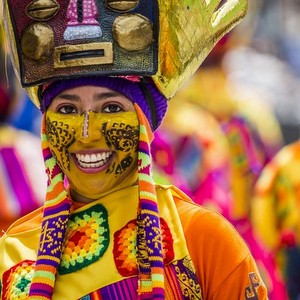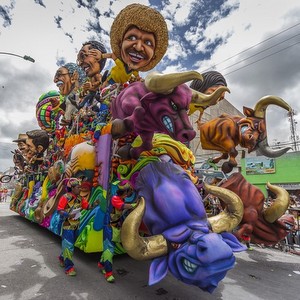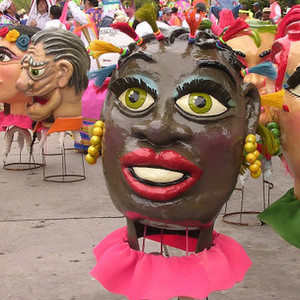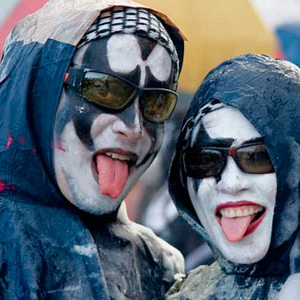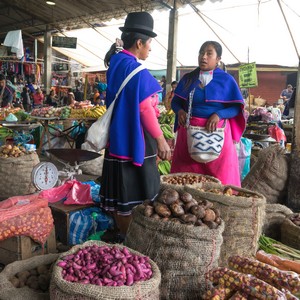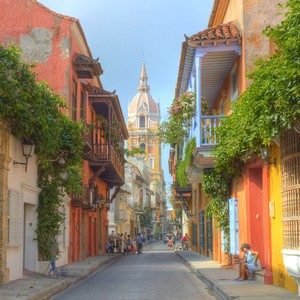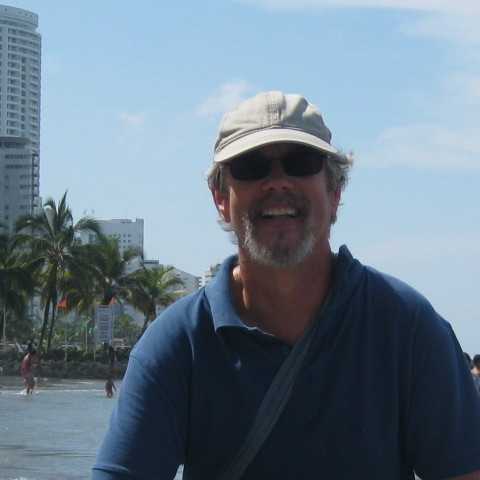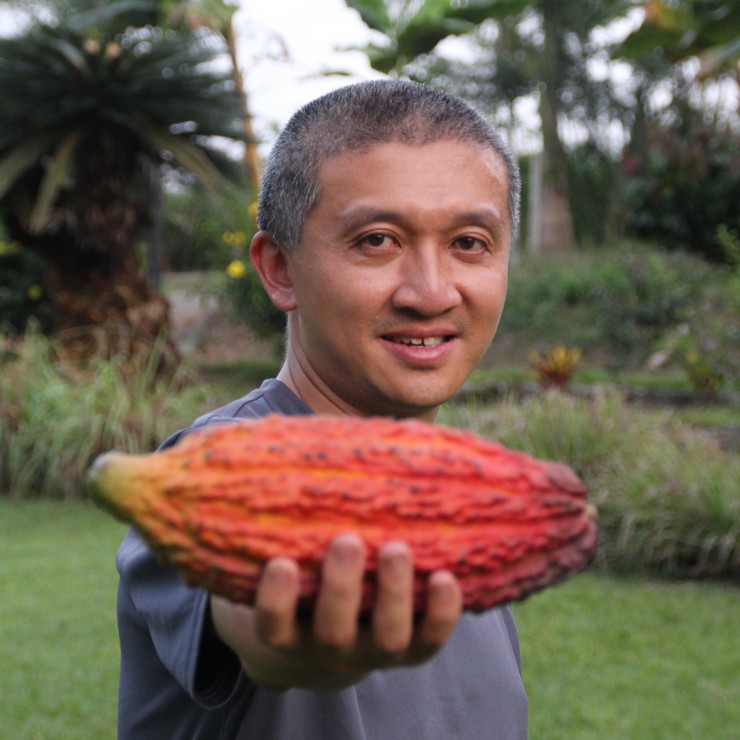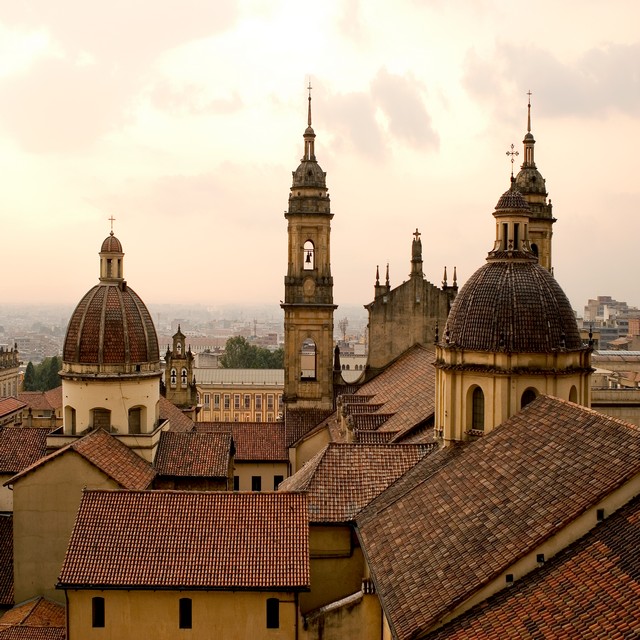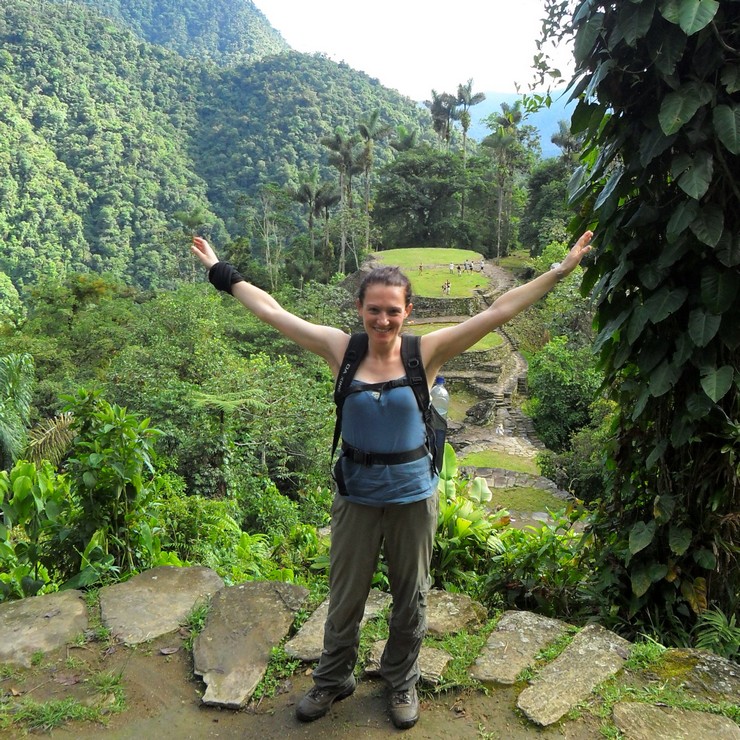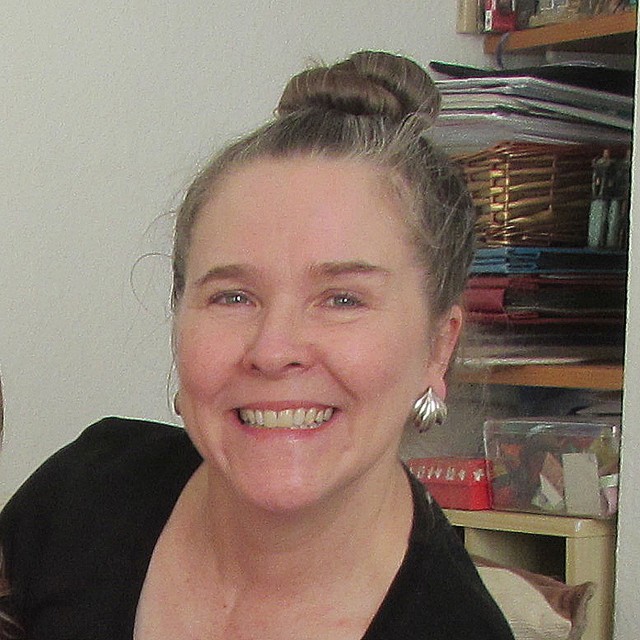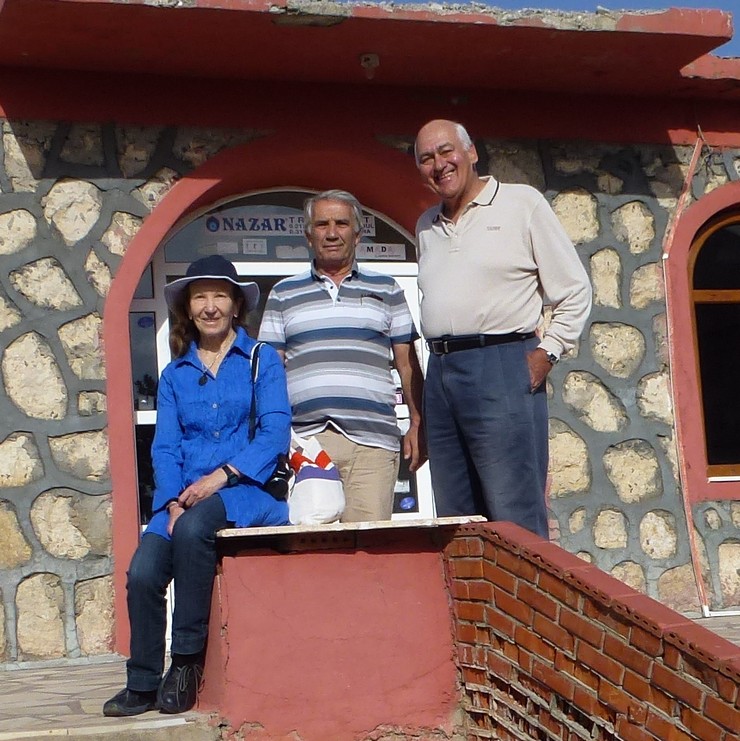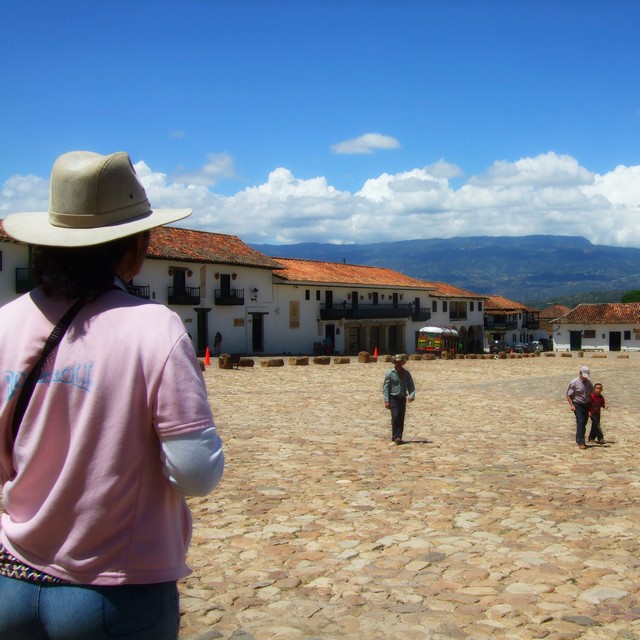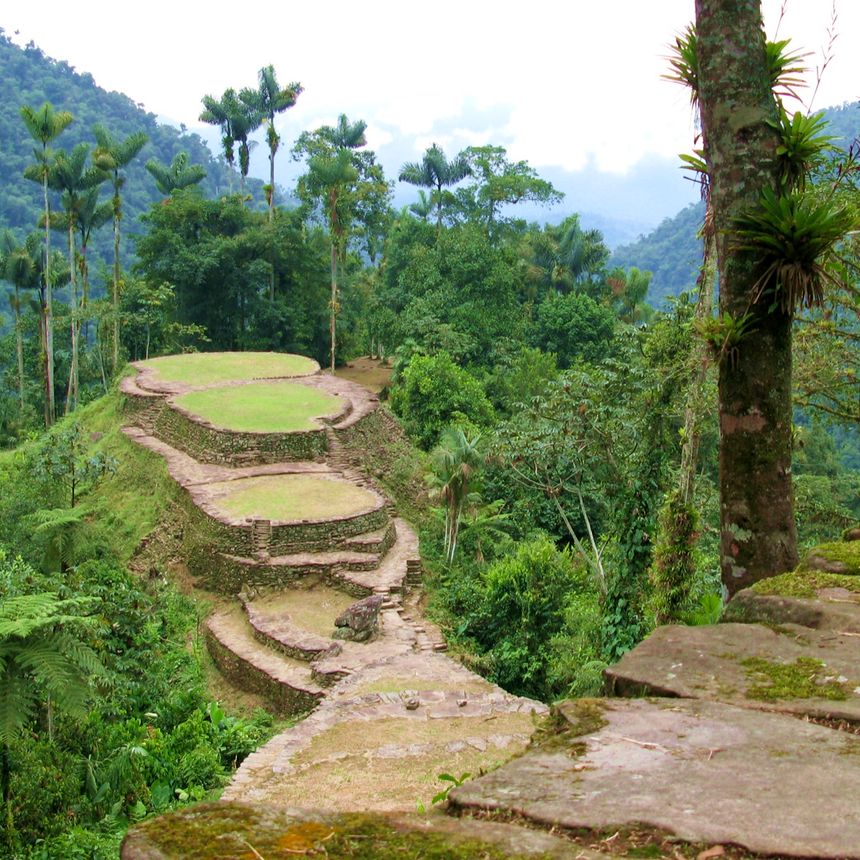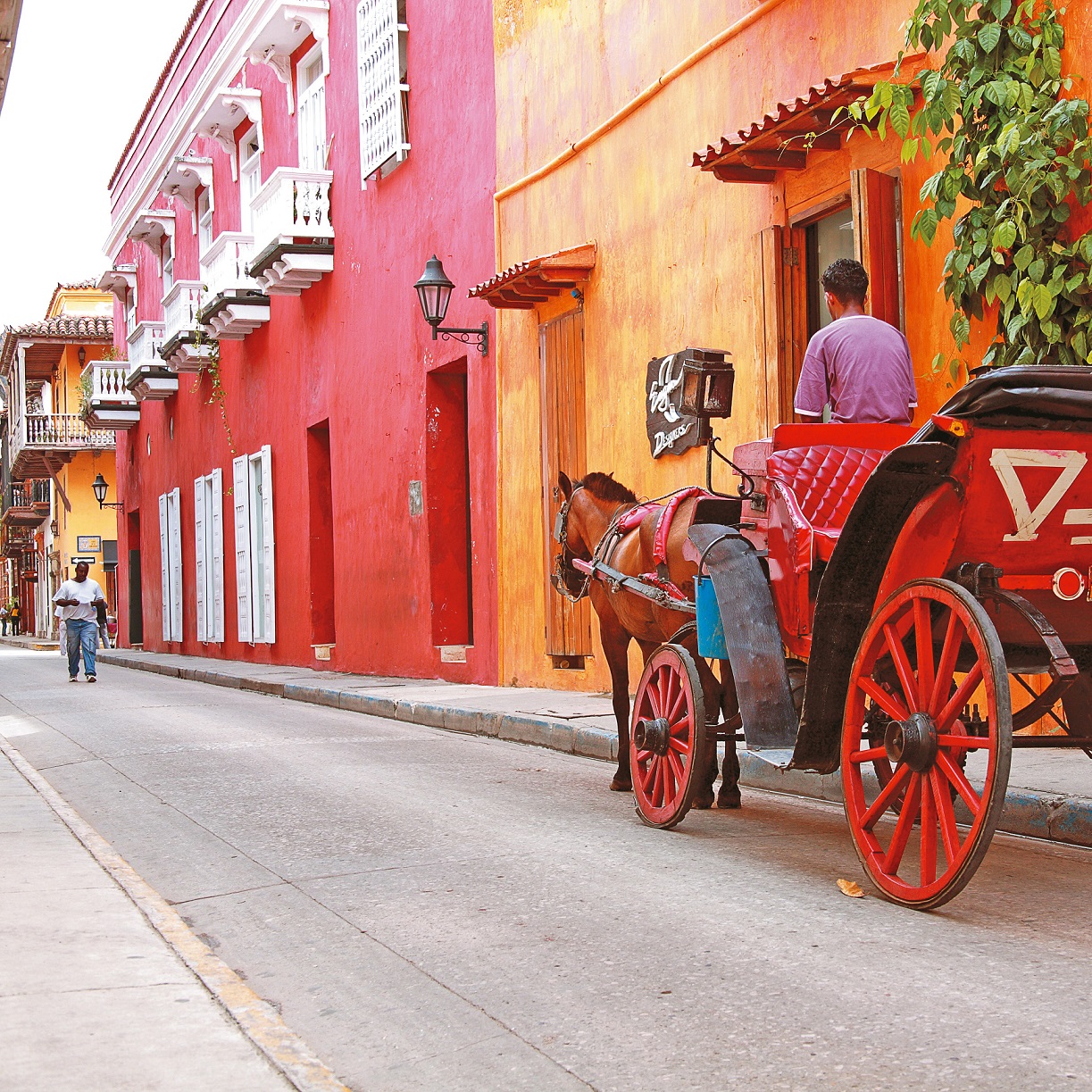Enjoy a full-day visit to La Candelaria, the historic centre of Bogotá . Admire the Spanish colonial influence evident in the civic architecture. Fan out from central Plaza de Bolivar to urban landmarks, such as the Palace of Justice, the Town Hall, San Bartolomé's Academy, and the Casa de los Comuneros, commemorating late 17th century proto-independence leaders.
The visit continues to the Botero Museum, a treasure trove of a house exhibiting Fernando Botero's own artwork, alongside works from his own personal collection that includes works by great European impressionists and cubists. Next is the Gold Museum. As its name suggest, it contains a permanent exhibition of some 32,000 pieces of gold, 20,000 stones, ceramics and textiles all precious to the Quimbaya, Calima, Tayrona, Sinu, Muisca, Tolima, Tumaco and Magdalena cultures.
Later, enjoy lunch in one of Bogota's enduring symbols, Monserrate's Sanctuary. From there, board a cable car to the colossal heights of Monserrate for a bird's eye view over Bogotá on one side and the Andes on the other.
Continue on down Carrera 7, one of Bogotá’s principal avenues and a critical supply line in and out of the then provincial capital of the Viceroyalty of New Granada. Today the old royal highway stands at the junction of urban features and styles both old and new.
End your introduction to Colombia's sky-high capital in Usaquén, a colonial district that was formerly a town in its own right but has now been absorbed into the suburban sprawl. Feel its quirky atmosphere: rural, colonial, and at the same time modern.
End back at your Bogotá hotel.
Overnight in Hotel B3 Virrey, Bogotá , Bureau Room
Meal plan: Breakfast & lunch
The Plaza de Bolívar, previously known as the Plaza Mayor, was used for civil and military purposes, as a marketplace, at one time as a bullring and also as a gallows. The Cathedral, on the eastern side of the plaza, is built on the remains of Bogotá's first church, constructed in 1539, and houses an important collection of religious artefacts including textiles and artwork that has been collected over four centuries. The Capitol, built between 1847 and 1926, shows renaissance and neoclassical influences with carved stonework and tall columns. Around the Plaza de Bolívar are the Palacio de Justicia, the Mayor of Bogotá’s offices (the Edificio Liévano), the oldest school in the country, San Bartolomé, and the Casa de los Comuneros, so named to honour one of the earliest movements for independence from Spain towards the end of the 17th century.
The Museo Botero is a colonial house in Bogotá filled with works of art created and donated by the renowned Colombian painter and sculptor, Fernando Botero. The museum houses one of Latin America's most important international art collections. There are over 100 of Botero's works on show, in addition to artwork from his own personal collection that includes pieces by Picasso, Renoir, Dalí, Matisse, Monet and Giacometti.
Bogotá's Museo del Oro (Gold Museum) has a permanent exhibition of approximately 32,000 pieces of gold, 20,000 stones, ceramics and textiles: all of incalculable value to the Quimbaya, Calima, Tayrona, Sinu, Muisca, Tolima, Tumaco and Magdalena cultures. The Museo del Oro is considered as one of the most important museums of its kind internationally and has been functioning since 1939. In 2007 it underwent a complete overhaul to make it an interactive museum that brings the objects on display to life.
